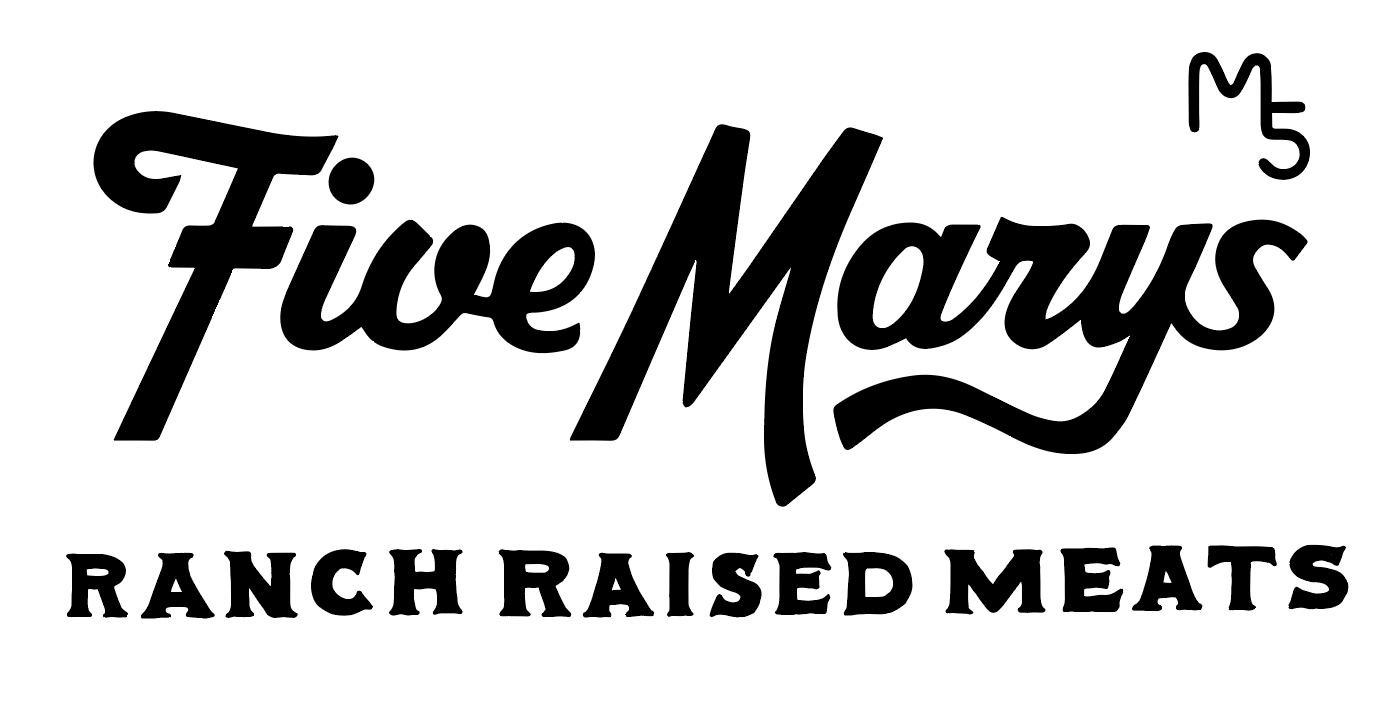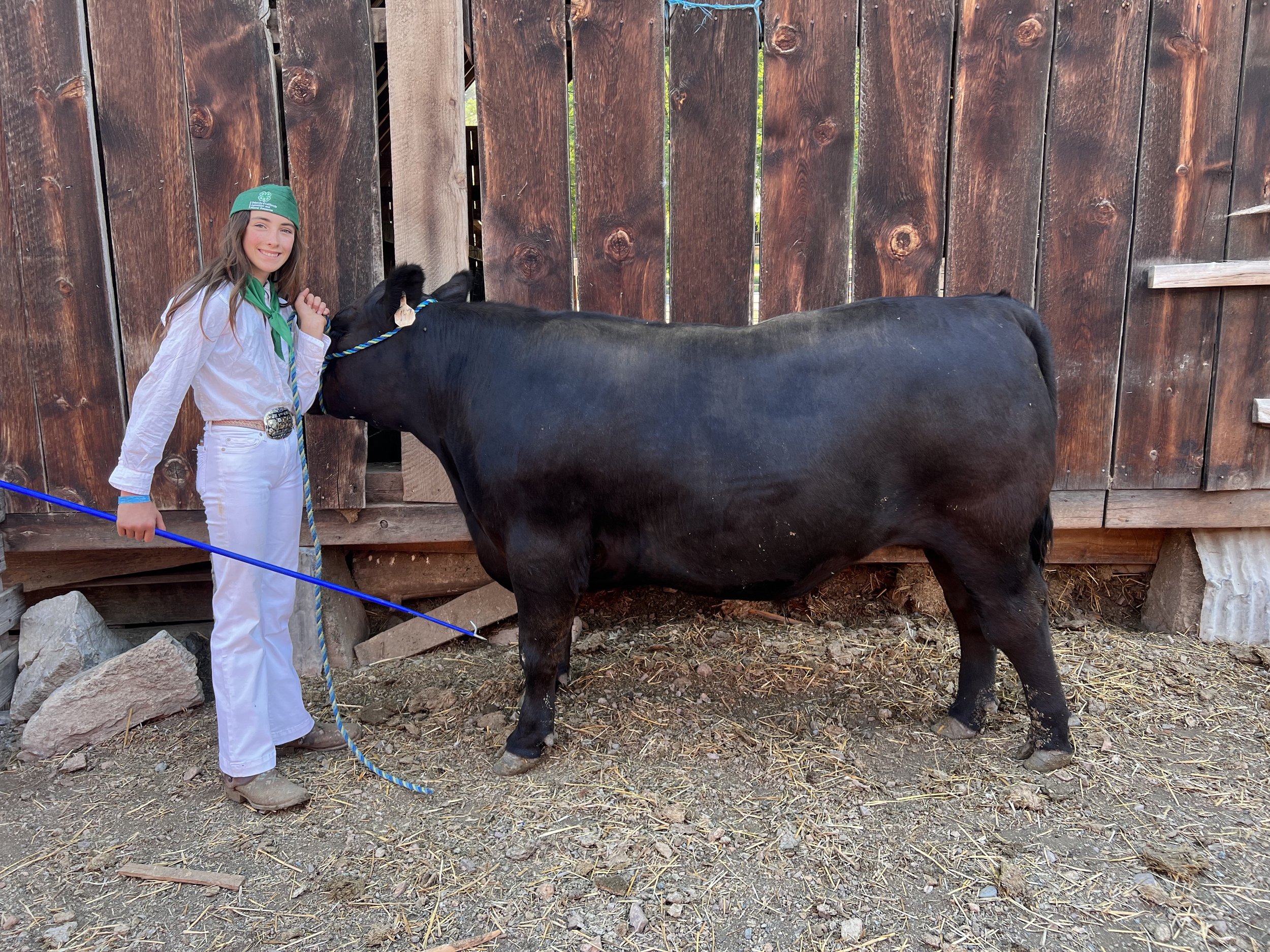How to Buy an animal at a 4H or FFA Livestock Auction!
Have you ever been to a 4H or FFA (Future Farmers of America) Livestock Auction - or are you interested in stocking your freezer and supporting a 4H or FFA kid at the same time? Or “Price Supporting” a kid who has worked hard on a project with a tax deductible donation to go towards their project? You can do both!
I’ve had a lot of questions lately about HOW to buy an animal or support these kids - even if you aren’t familiar with the process. You’d always be welcomed to buy or support any 4H or FFA group! I’ll give you a little background on how it works!
Most every county in America has a county fair during the year. And at most of these county fair’s you will find livestock lined up in barns at the fairgrounds - from beef cattle to bred heifers to sheep, hogs, goats, turkeys, chickens, rabbits and sometimes other projects.
Most of these animals are entered in the fair in a “Showmanship Class” and a “Market Class.”
The Showmanship Class is the time for the exhibitor (the child) to showcase their stockmanship skills for the judge. They should know how to control their animal on a halter and lead line or with a show stick (depending on the species) and they need to know how to “set their animal up” which means getting it into position to show it’s body condition and frame in the best light.
The kids are also judged on their ability to show an animal in its best light – their skill, ability, and appearance are judged, as well as resiliency to keep pushing through even if their animal acts up in the ring. It’s tradition for the 4-H and FFA kids here in California to traditionally wear “whites” to show their animal. White jeans, a crisp white shirt with their green felt hat and necktie for 4H or a corduroy blue jacket (for FFA students in high school). . Yes, whites are difficult to keep clean around livestock, but it’s a long standing 4-H tradition that…
Why WHITE when working with livestock you ask?!
‘One must wear white pants and a white shirt to show 4-H livestock as tradition and a sign of care and cleanliness. Animal agriculture is the start of the food process and white represents sterility. It also provides a clean, uniform appearance that gives all of the kids an impartial look that does not distract from judging the animal.’
The other class is a “Market Class” where animals are judged on their conformation, muscle mass, bone structure and finishing. They are also judged on their “fitting” which is how the kids clean, brush and primp them to make them look their best!
Most market auctions, especially for beef cattle, are “terminal auctions” where the animals are sent to harvest immediately after the auction so the buyer gets to take home the meat to feed their family (and sometimes other families or friends - it’s a lot of meat!) but some species like bred heifers (pregnant momma cows) or dairy cows are purchased to take home live and added to your herd. Sheep, hogs, goats, turkeys, chickens etc are usually also terminal harvest auctions - and not as much meat as beef cattle if you want to start somewhere smaller!
And some places have a “Carcass Competition” where the beef cattle are judged after harvest on the marbling and quality of their meat. (This is where Five Marys usually shines!) :) But you won’t know the carcass quality until after you have purchased the animal and it has been harvested.
If you are buying an animal for meat - you might take a walk around the barns before the auction and ask kids questions - they love this and know to expect questions from potential or interested buyers!
Some questions you could ask :
*What do you feed your animal for ration? (you want some grain, barley, etc if you want good marbling and flavor!)
*How long have they been on feed? (you would want to hear 6-10 months for a well finished steer)
*How much do they weigh? (every fair has different weight ranges - finished cattle should be between 1200-1550 pounds)
*Who was the breeder and how do you know the breeder? (some livestock are bred to be show animals and fit the mold to look good on the outside, most steers or hogs from a ranch or rancher who raise livestock for meat are not going to be “winners” in the show ring but will be great quality meat to eat!)
*What do you plan to use or invest your earnings from the auction for? (the program is designed for kids to re-invest that money in a new project, a business venture or college to better their future)
HOW DO I BID-ON or BUY AN ANIMAL?
You usually need to register as a bidder before hand (maybe just an hour to a day or so before the auction) and get a bidder number. Some places even allow you to do this online - and some places you can bid online too! Find out what time the auction starts and get a program to see which species and animals are auctioned when (some might be very long and the species you might be interested in on the second half!)
Find a seat at the auction and get comfortable! It can be nerve-wracking to put that bidding paddle up, but when you are ready - go ahead and bid! Just make sure you don’t wave that paddle when you DON’T want to buy :)
If you are the highest bidder… you will likely have a kid bring you the invoice to sign and you choose “CUSTOM” or “RESALE”
CUSTOM means you want the meat! You will get a form to choose from one or more butchers who will cut-and-wrap your animal. You pay for that service in addition to the price (donation) for the animal. RESALE means they will sell that meat at market price (usually listed that day) and deduct that from the donation price you paid. Sometimes you can also DONATE the animal to a food bank or local cause. And if it’s not a Terminal Auction, you can also choose to take the animal home LIVE.
You’ll get in contact with your butcher of choice shortly after and pick your cuts! Do you want Prime Rib or Rib Eye steaks? You can also just tell the butcher to do their standard cut list if you don’t know - or email us and ask for our cut list!)
Just so you know what to expect….
Beef will yield 350-450 pounds
Hogs will yield 140-150 pounds
Sheep or goats will yield 35-50 pounds
Poultry and rabbits will be a very small amount of meat!
*Freezer space is usually 1 cubic foot of space for each 30-35 pounds of meat.
The heartbeat of a county fair is the livestock barns. I encourage you to get out there and visit your local fair and check out the livestock barns or even purchase an animal at the auction.
If you are interested in supporting the girls or the auction this weekend…. here is a link below!





